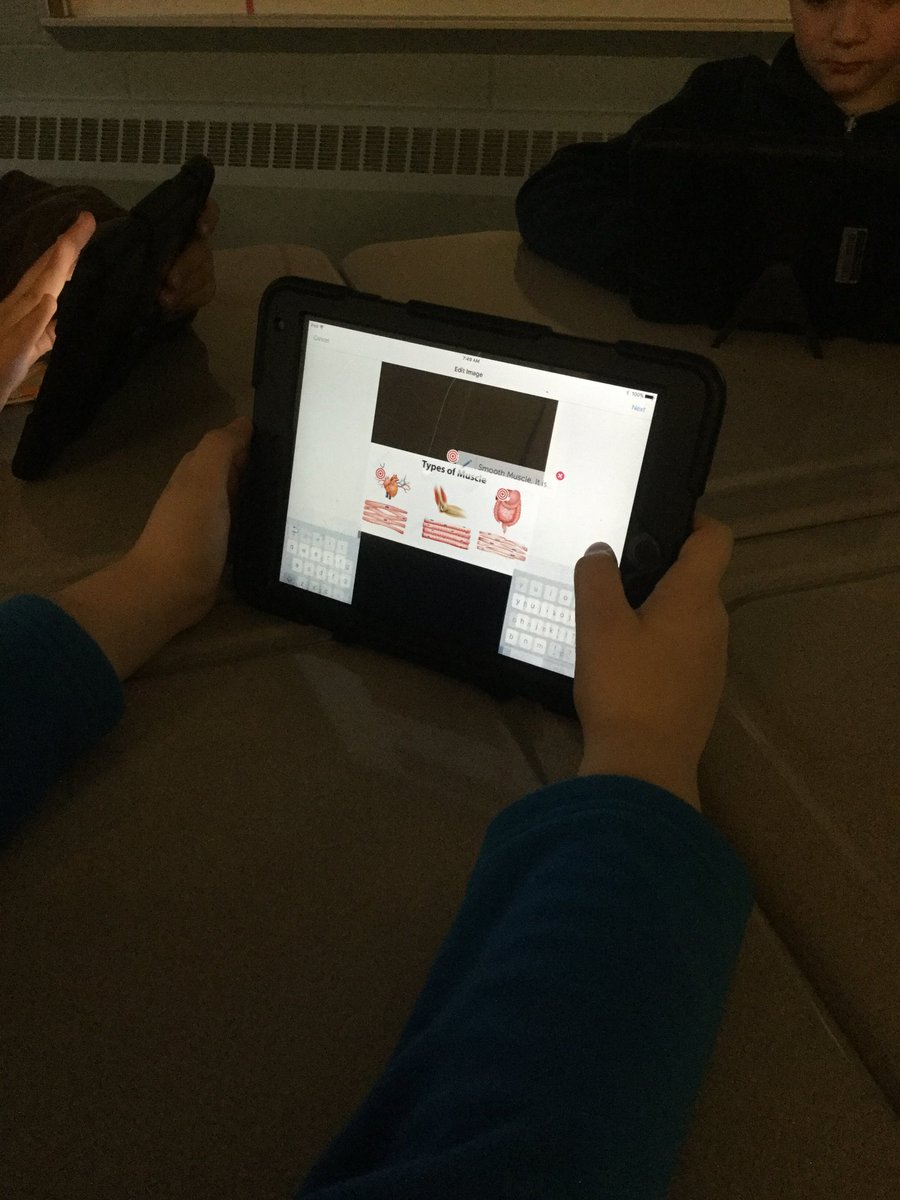Lifetime Fitness is a physical education class devoted to teaching students how to be involved
in physical activity throughout life and why this is important. One of the units covered in this
class involves the students being exposed to weight training and functional movement
exercises. During this unit, the students also spend time learning major muscles in the body.
To start this unit, students were asked to upload an image of the muscular system into the iPad
application, “ThingLink.” This project ultimately includes 3 different tasks. First, the students will
use the muscular system image in ThingLink to find and label the major muscles they are
required to learn. Muscles include the biceps, triceps, abdominals, latissimus dorsi, obliques,
etc.
After they find and label the muscles, students will spend a few weeks utilizing equipment in the
fitness center to learn exercises to help build and strengthen these muscles. Once the students
spend some time in the fitness center, they will return to their ThingLink projects and add an
instructional video for one exercise for each muscle they identified and labeled.
The final part of the project requires the students to participate in some research to find at least
one functional movement of each muscle they learned. For example, the quadriceps muscles
helps us bend and straighten our knees, which helps us walk up the steps, run, balance, etc.
They will add one final bullet point to each muscle they learned and include what that muscles
helps them do in their lives daily. This will ultimately lead us into a functional movement lifting
unit.
Once this project is complete, students will be asked to write a reflection on what they learned
from this project and why it is important to keep these muscles strong throughout life. This
project not only provides an interactive study guide, it also helps students personalize this
learning experience.




